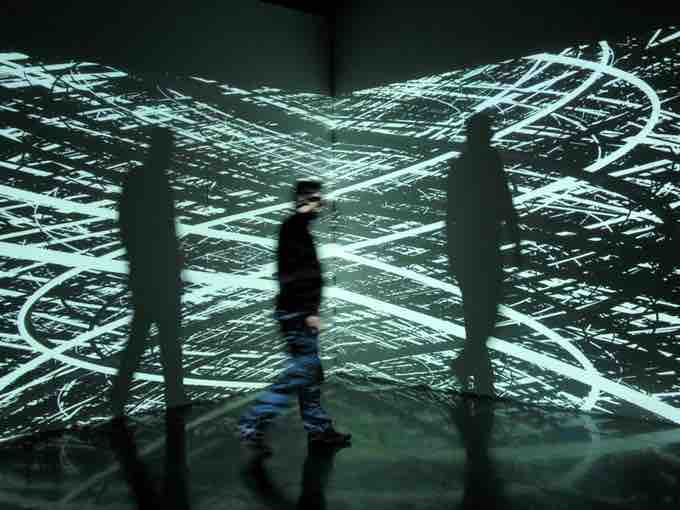Background
Digital art is a general term for a range of artistic works and practices that use digital technology as an essential part of the creative process. Since the 1970s, various names have been used to describe such artwork, including computer art and multimedia art, and digital art itself is placed under the larger umbrella term of new media art.
The impact of digital technology has transformed activities such as painting, drawing, sculpture, and music/sound art, while new forms (such as net art, digital installation art, and virtual reality) have become recognized as artistic practices. More generally, the term digital artist is used to describe an artist who makes use of digital technologies in the production of art. In an expanded sense, digital art is a term applied to contemporary art that uses the methods of mass production or digital media.
Digital Production Techniques in Visual Media
The techniques of digital art are used extensively by the mainstream media in advertisements and by filmmakers to produce special effects. Both digital and traditional artists use many sources of electronic information and programs to create their work. Given the parallels between visual and musical arts, it seems likely that general acceptance of the value of digital art will have a similar progression to how electronic music has become more accepted over the last four decades.
Digital art can be purely computer-generated or taken from other sources, such as scanned photographs or images drawn using graphics software. The term may technically be applied to art done using other media or processes and merely scanned into a digital format, but digital art usually describes art that has been significantly modified by a computing process. Digitized text, raw audio, and video recordings are usually not considered digital art on their own, but can be part of larger digital art projects. Digital painting is created in a similar fashion to non-digital painting, but using software and digitally outputting the resulting image.

Irrational Geometrics, Pascal Dombis (2008)
Irrational Geometrics is a digital art installation.
Computer-generated Visual Media
Digital visual art consists of, firstly, 2D visual information displayed on a monitor, and secondly, information mathematically translated into 3D information and then viewed through perspective projection on a monitor. The simplest is 2D computer graphics, which reflect drawings made using a pencil and a piece of paper. In this case, however, the image is on the computer screen and the instrument used to draw might be a stylus or mouse. What is generated on the screen might appear to be drawn with a pencil, pen, or paintbrush.
Another kind of digital video art is 3D computer graphics, where the screen becomes a window into a virtual environment of arranged objects that are "photographed" by the computer. There are many software programs that can enable collaboration, lending such artwork to sharing and augmentation so users can collaborate on a project to create art. Computer-generated animations are animations created with a computer from digital models. The term is usually applied to works created entirely with a computer. Movies make heavy use of computer-generated graphics, which are called computer-generated imagery (CGI) in the film industry.

Computer generated animation
This example of computer generated animation is produced using the "motion capture" technique and is another form of digital art.
Digital installation art constitutes a broad field of activity and incorporates many forms. Some resemble video installations, particularly large scale works involving projections and live video capture. By using projection techniques that enhance an audience's impression of sensory development, many digital installations attempt to create immersive environments.
Jeff Wall, A Sudden Gust of Wind (after Hokusai), 1993
The well-known photographer Jeff Wall often uses digital photography to create his works thereby classifying them as a form of digital art, exemplifying the exceptionally wide-reaching nature of the term itself.